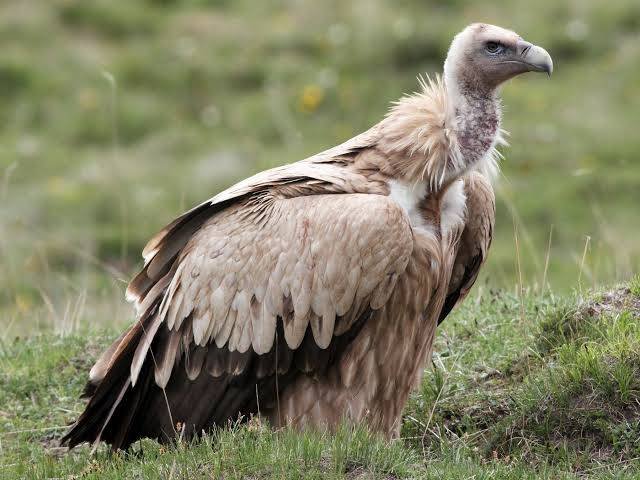Himalayan Vulture in Assam: The Bombay Natural History Society (BNHS) has achieved a groundbreaking milestone in wildlife conservation by successfully recording the first-ever instance of captive breeding of the Himalayan vulture (Gyps himalayensis) in India. This significant accomplishment took place at the Assam State Zoo located in Guwahati. Sachin Ranade, a scientist affiliated with BNHS, played a pivotal role in this historic feat, marking a pivotal moment not just for Indian conservation efforts but also globally.
The rarity of captive breeding success in the Himalayan vulture species magnifies the importance of this achievement. With the exception of France, where a similar event has been documented, the breeding of these vultures within captivity has been an uncommon phenomenon. Sachin Ranade’s efforts, alongside the Assam State Zoo, have propelled India into a select group of nations that have managed to facilitate the successful breeding of this elusive species.
BNHS Scientist Sachin Ranade’s Pioneering Work Proves Instrumental in Breeding Rare Himalayan Vulture Species
The Himalayan vulture, scientifically known as Gyps himalayensis, occupies a significant ecological niche as a ‘Near Threatened’ species on the IUCN Red List of threatened species. This classification underlines the species’ vulnerability and the urgency of conservation efforts. The Himalayan vulture is known for its dual behavior – being a regular winter migrant to the Indian plains, while also maintaining a year-round presence in the lofty peaks of the Himalayas.
The process of successful captive breeding and hatching was meticulously documented, with the breakthrough hatching event occurring on March 14, 2022. Swift action followed as the nestling was promptly transferred to an artificial brooding facility on the very next day, March 15. This careful management highlights the dedication and precision required to ensure the health and survival of the newborn vulture.
The artificial brooding environment was carefully designed to replicate the optimal conditions for the nestling’s development. A plastic box served as the surrogate nest, complete with a mat for secure footing. Crucially, the temperature was maintained within the range of 30-35°C, an essential aspect to mirror the natural conditions essential for nurturing the nestling. This was achieved through a carefully controlled system that involved the use of a lamp, with a thermo-hygrometer being employed to monitor the environment’s temperature and humidity levels. The nestling’s comfort was further ensured by providing ample space for movement, allowing it to regulate its proximity to the heat source.

The scope of observation extended beyond mere hatching and brooding conditions. The researchers meticulously monitored the housing arrangement, the frequency and content of feed provided, and even tracked the nestling’s growth and the development of its plumage coloration.
This achievement is a testament to both scientific dedication and adaptability. Given the species’ natural propensity to breed in the harsh environs of snow-covered mountain ranges, the Assam State Zoo’s success story stands as a testament to their ability to acclimatize these vultures to a markedly different tropical setting. Sachin Ranade highlighted the importance of this success by contextualizing it within Assam’s history of Himalayan vulture casualties. This achievement thus offers a glimmer of hope for increasing the population of this threatened species through controlled, artificial breeding.
The Bombay Natural History Society (BNHS), founded in 1883, stands as one of India’s foremost scientific institutions dedicated to the conservation of nature. Its multifaceted approach encompasses various initiatives such as research, conservation advocacy, education, and scientific publications. This achievement aligns perfectly with BNHS’s overarching goal of fostering awareness and understanding of nature through research-driven initiatives, nature tours, and other educational programs.
In conclusion, the successful captive breeding of the Himalayan vulture at the Assam State Zoo marks a monumental stride in wildlife conservation. This achievement goes beyond regional boundaries, resonating globally as a testament to the power of scientific collaboration, meticulous planning, and unwavering dedication to preserving biodiversity. The remarkable success story underscores the importance of innovative conservation strategies in safeguarding vulnerable species and sets a promising precedent for future endeavors in wildlife conservation.











